19 February will mark the 551st birthday of Polish astronomer Nicolaus Copernicus. For most people, his name is associated with the creation of heliocentrism, the idea that the Earth and other planets revolve around the Sun. But in fact, this theory existed long before him, although he did play a decisive role in its establishment among the scientific community.
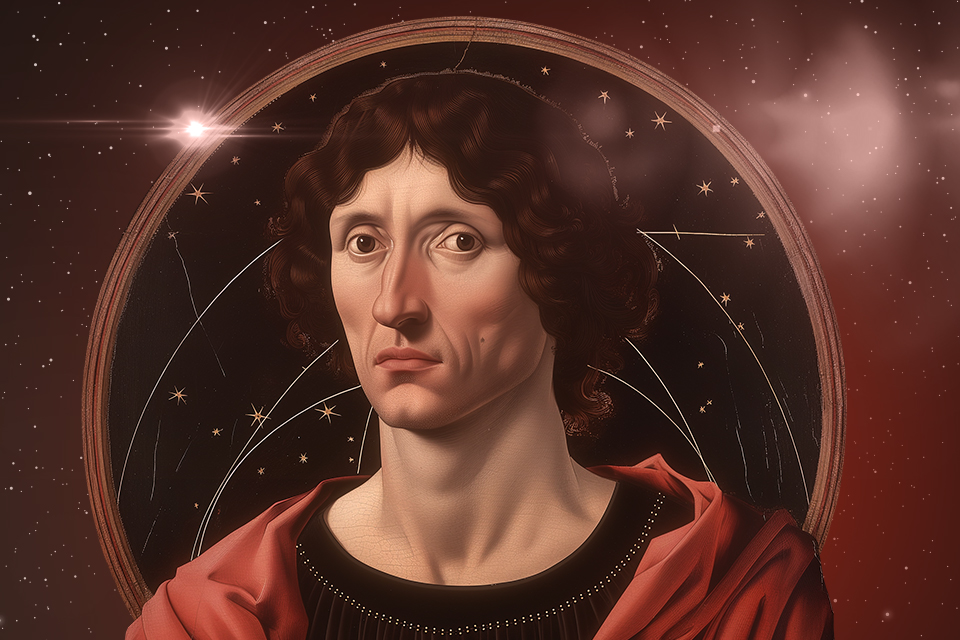
The system of Nicolaus Copernicus
The prominent Polish astronomer Nicolaus Copernicus was born on 19 February 1473 in Toruń. He remains in the memory of mankind as the author of the modern heliocentric picture of the world with the Sun (Helios) in the centre and the planets revolving around it. This picture of the world is in contrast to the geocentric view that had prevailed before, placing the Earth (Gaia) at the centre of the universe.
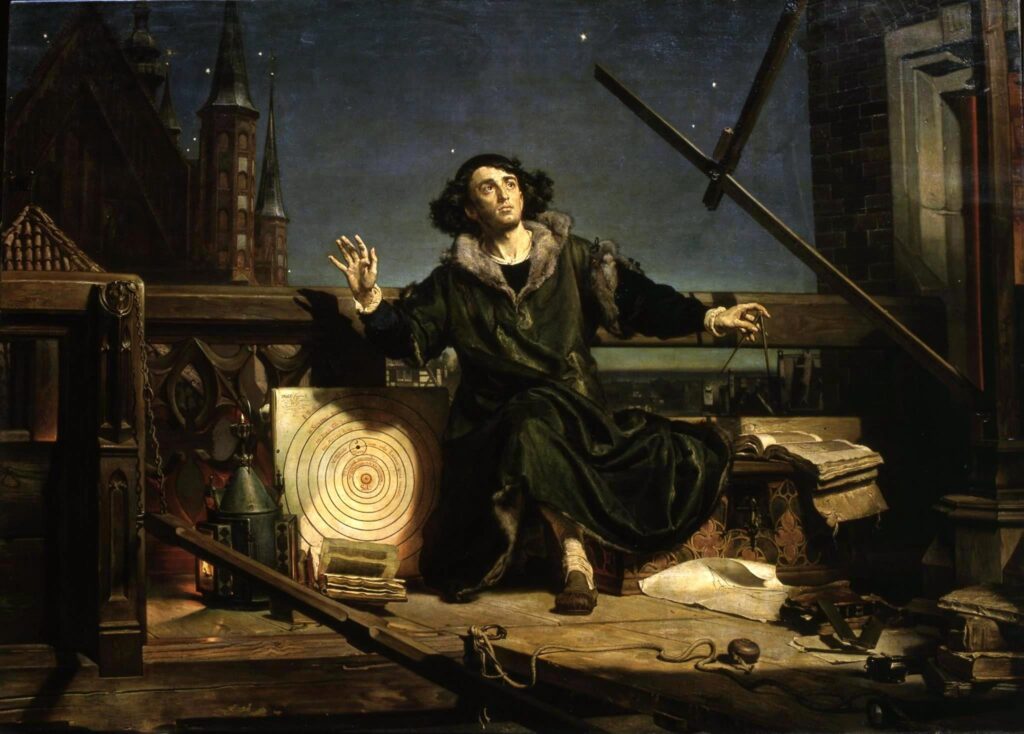
This greatly distorts people’s perceptions of how astronomy has actually developed over the past 2500 years. Some people even paint a picture, saying that before Copernicus began his scientific work, everyone had believed that the flat Earth was standing on elephants — until this genius came along and everyone immediately realised what was really happening.
Copernicus did play a significant role in the development of heliocentrism, although this concept did not manage to prevail in science until well after his death. However, in order to understand where it really came from and how revolutionary it was, we need to start with times much more distant from our own.
When did people learn that the Earth was a sphere?
Perhaps the biggest mistake people make when talking about the differences between heliocentrism and geocentrism is equating the latter with the flat Earth theory. In fact, these are two independent concepts. And although the “flat earthers” have survived to this day, they had become marginalised in science a long, long time before Copernicus.
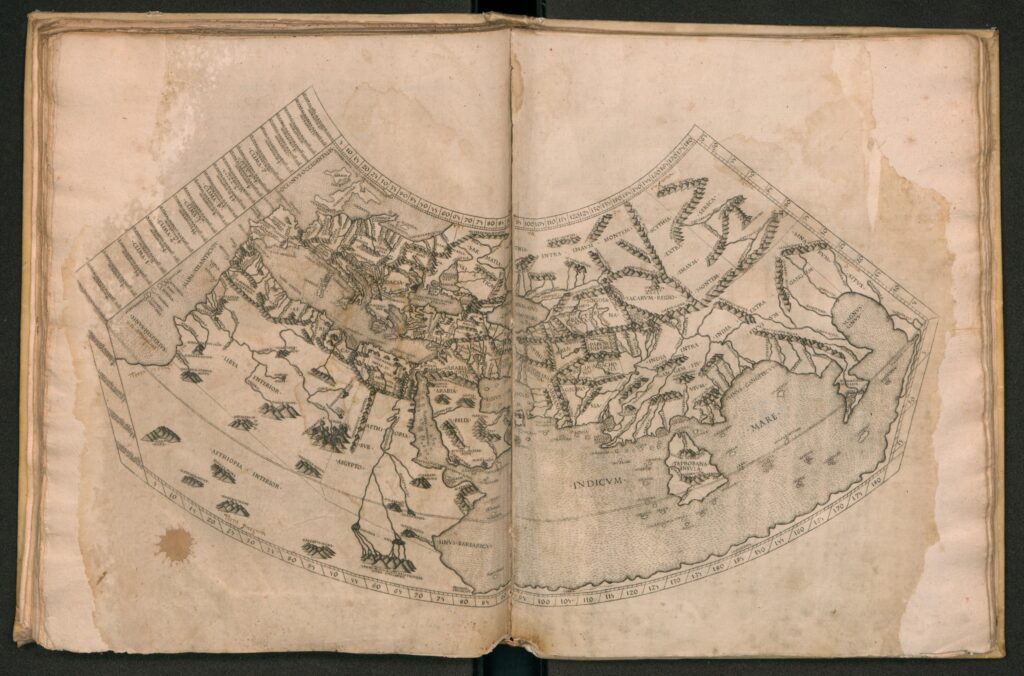
The first scientist to be credited with stating that the Earth is actually a sphere is the famed mathematician Pythagoras, who lived in the fourth century BC. However, it is not known how he substantiated his theory, because we know about him mainly from the works of people who lived after him.
Around 350 BC, Ptolemy provided a simple and logical proof that the Earth is a sphere. He noticed that the further north you go, the higher the North Star rises above the horizon, and vice versa. This could only be explained by the sphericity of our planet. And in about 240 BC, Eratosthenes was even able to calculate the radius of this sphere quite accurately. Since then, the idea of the Earth’s sphericity has become dominant among educated people in many countries of the Mediterranean and the Intermarium, and has reached India and then China.
The illiterate part of the population believed in a lot of nonsense, but among people who had been educated and read the works of ancient scientists no one doubted sphericity of Earth — even in the times of Copernicus’ youth.
The Earth rotates on its axis
But recognising the sphericity of the Earth does not mean that it rotates on its own axis. People noticed that the starry sky rotates during the day long before the ancient philosophers. However, for the geocentric model of the world, it made no difference whether the Earth was stationary in the centre and the stars revolved around it, or whether the stars were stationary and our “ball” itself was spinning.
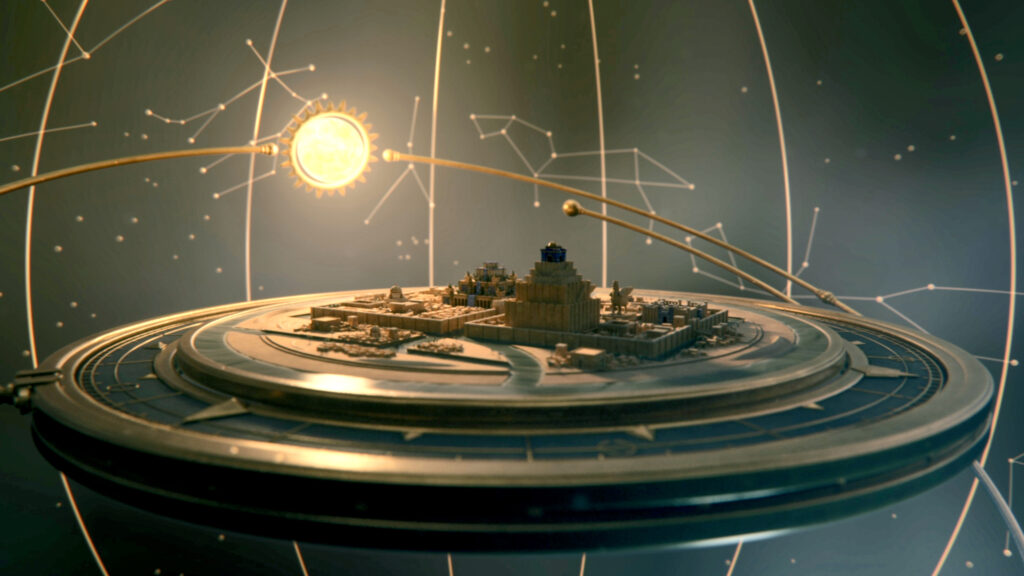
The idea that the second assumption was true originated with the students of the aforementioned Pythagoras. It spread quite quickly among the philosophers of the time, but it raised strong doubts among them. At the same time, the remark that if the Earth were spinning, people would all fly off it was not the main argument against it.
Ancient European and Indian philosophers had no idea what gravity was, but they had no doubt about its ability to keep solid objects on the Earth’s surface. They were confused by the fact that objects thrown vertically do not get blown away. And the wind does not always blow in the opposite direction to the planet’s rotation.
So the idea of the Earth’s axial rotation has been known to scientists for many centuries. Gradually, the arguments against it disappeared, but there was no new evidence in favour of it. In particular, the medieval scholastic philosophers Jean Buridan, Albert of Saxony and Nicolas Orem argued about this a lot.
In general, they came to the conclusion that it was impossible to conduct an experiment that would unequivocally answer whether it was the Earth or the stars that were rotating. For theological reasons, the participants of the discussion were inclined to believe that the motionless firmness is still under our feet.
Earth’s rotation around the Sun
For the first time, the idea that the Earth moves not only around its own axis but also around the Sun was expressed by the same students of Pythagoras. It is interesting to note that the belief that this statement is offensive from a religious point of view did not originate among Christians. The ancient Greeks were also convinced: To postulate “moving underfoot” is to offend the gods.
However, a rather serious argument in favour of heliocentrism soon emerged. Aristarchus of Samos argued that it was the Earth that revolved around the Sun, and not vice versa. Around 270 BC, he calculated the distances to the Sun and Moon and their sizes relative to the Earth. Although he made a big mistake in estimating the diameter of our luminary, it still turned out to be much larger than the Earth.
So Aristarchus came to a fairly rational conclusion: the bigger cannot revolve around the smaller, so the Sun is at the centre of the Universe. This idea also began to spread rapidly around the world. However, an equally rational argument against it suddenly emerged: the annual parallax of the “fixed stars”.
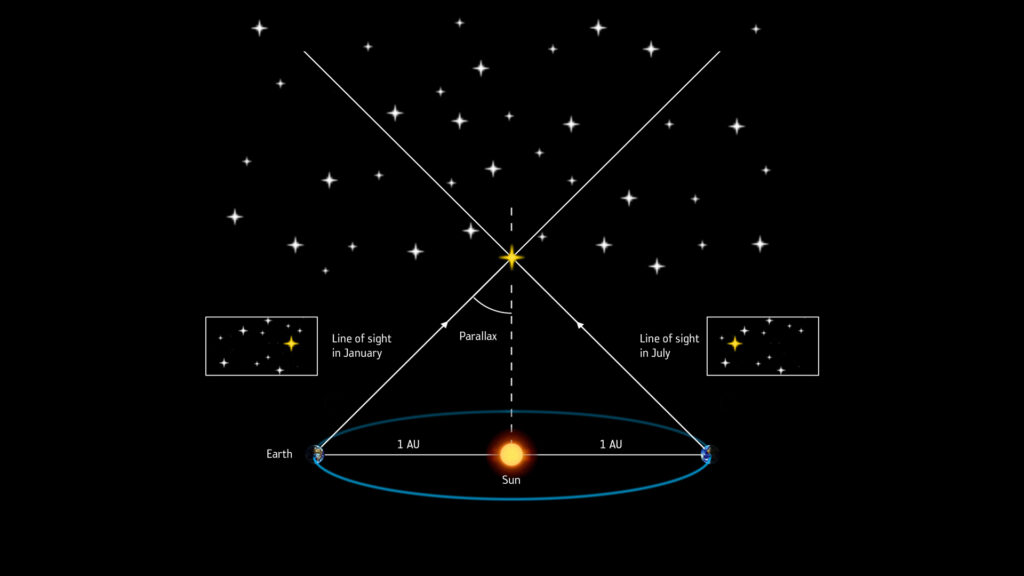
To understand what this means you can put a chair in the middle of the room and start walking around it, all the while watching some not-so-distant object through the window — for example, a neighbouring house. You can see it shifting back and forth.
The same should happen with the stars during the Earth’s annual rotation around the Sun. But no matter how hard the astronomers looked at the sky, they could not see the parallax of the stars. Therefore, it was quite logical to conclude that our planet was stationary.
It is interesting that Aristarchus of Samos knew about the absence of parallax. And he gave an absolutely correct explanation for this. The annual fluctuations of the luminaries, he said, are too small for us to see because the “fixed stars” are too far away from us. You can understand how this happens if you repeat the experiment with the chair, but look at some very distant object — at the Moon, for example.
So the ideas of Aristarchus of Samos had been known for centuries, but they were believed to be untrue. The most interesting thing is that the train of thought of opponents of heliocentrism, such as Aristotle, fits well within the boundaries of the modern scientific method. If an assumption leads to a consequence that is not observed, it is better to consider it incorrect than to look for an explanation that cannot be verified.
When Copernicus came along
So, when Copernicus began his scientific work in the late 15th century, the idea that the Earth was a sphere was quite common, and the ideas about its rotation on its own axis and around the Sun were well known, but recognised as incorrect or questionable.
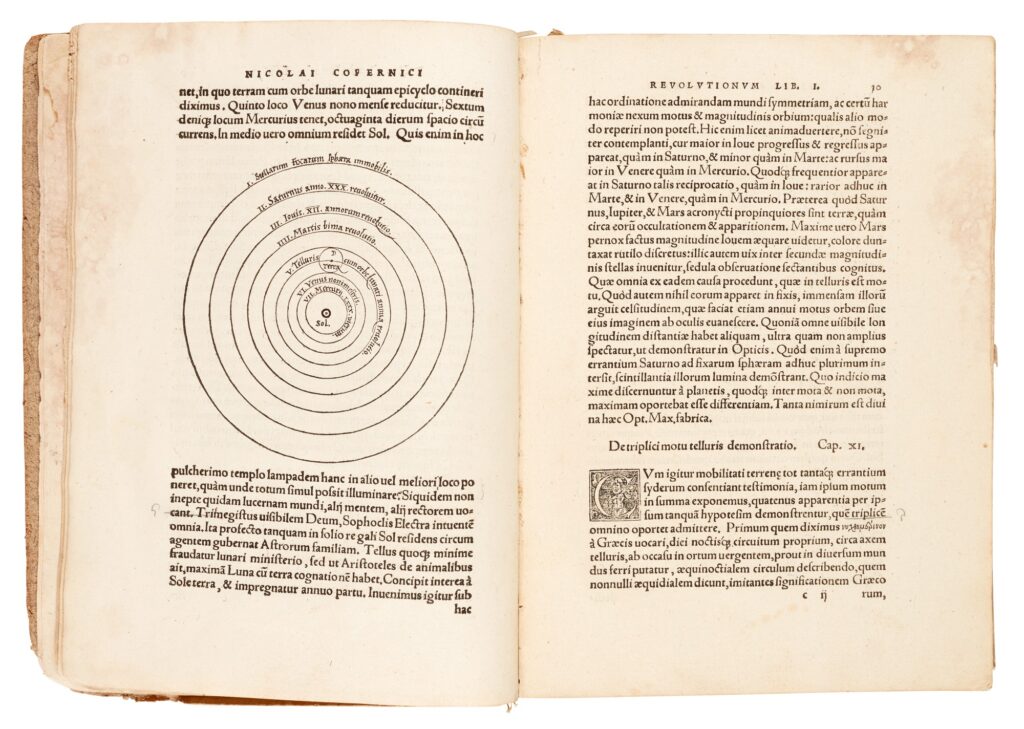
Most of the doubts were related to the fact that since the time of Aristarchus, astronomical instruments had undergone significant improvements. The Central Asian astronomer Ulugbek built a giant angular instrument, a quadrant with a radius of 40 metres, about 50 years before Copernicus was born. But even using it, he failed to detect the annual parallax of the stars.
Meanwhile, the geocentric system also had its own problems. It did not help to explain the reverse motion of the planets — for example, the “retrograde Mercury” that still haunts modern astrologers.
To explain why the planets in the Earth’s sky change direction of their motion, scientists suggested that they actually move not in a circle called a differential with the Earth at its centre, but in a much smaller epicycle, whose centre, in turn, moves along the differential.
This system was incorporated into all astronomical calculations. However, over time, scientists became convinced that the data obtained did not correspond to observations, so they began to add more and more epicycles. The mathematical prediction of the position of the planets in the sky was becoming more and more accurate, but at the same time too complicated.
It was this difficulty that Copernicus addressed. His work was primarily about applied mathematics — providing astronomers with a much simpler tool for calculating the motion of the planets.
When the Polish astronomer assumed that the Earth rotates on its own axis and simultaneously around the Sun (along with other planets), most of the epicycles were eliminated. Calculations became much simpler.
Copernicus was in no hurry to publish his assumptions, but he did not hide them either. His views were mostly disseminated in the form of manuscripts and orally. He published the main work of his life, On the Revolutions of the Celestial Spheres, only at the end of his life, in 1543.
Who did not accept the Copernican theory
It is widely believed that the Catholic Church was the main opponent of Copernicus’ theory. This is largely incorrect. The idea of a moving Earth did indeed cause unpleasant feelings in many people, which is why the first edition of On the Rotation of the Celestial Spheres contained a note that it was primarily a mathematical model.
However, the Vatican knew about the content of Copernicus’ work even before the book was published. And its formal ban appeared only in 1616 — 73 years after its publication. And even the ban states that the heretical nature of the book’s statements is formal.
The main reason why the church eventually rejected heliocentrism was the struggle for influence on political life in Europe — both against the Reformation and against the bureaucracy of absolute monarchies that was gaining strength. The Catholic Church was losing ground in this struggle, so it tried to ban everything that somehow undermined its authority.
Less known is the fact that many European scientists did not support Copernicus’ views even in the early seventeenth century. The main reason was the same as in the days of Aristarchus of Samos: the annual parallax could not be detected even after the invention of the telescope. So, formally, the theory produced a result that could not be verified, meaning that its scientific validity was questionable. It was only in the nineteenth century that the annual displacement of the stars was detected, when really powerful astronomical instruments and photography appeared.
Kepler’s elliptical orbits
The claim that the Copernican theory does not correspond to today’s views of the universe might seem like a crazy idea for conspiracy theorists, but it is technically true. There are at least two major issues in which the Polish astronomer disagrees with his contemporary colleagues.

The true shape of the orbits of the planets in the solar system is far from a perfect circle
The first is the circular orbits of the planets. Copernicus inherited them from those ancient scientists who believed that the celestial bodies were attached to transparent rotating spheres, although in fact their orbits are ellipses and do not require any physical support.
However, the sphere has long been considered an example of ideal shape, and the heavens have been considered the home of everything perfect. So the idea that orbits are circles seemed quite logical. Ellipses had been known for a long time, but due to the lack of understanding of how all forces work in nature (and gravity in particular), there was no reason to believe that the planets moved in elliptical orbits.
Because of this, Copernicus was never able to completely abandon epicycles. Those of them that were responsible for compensating for the difference between the orbit and the ideal circle remained in the scheme. It was only in the early seventeenth century that Johannes Kepler finally got rid of the epicycles, replacing them with three simple laws of motion of elliptical orbits. And at the end of the same century, Newton formulated a physical justification for this phenomenon.
The centre of the Universe
Copernicus’ second mistake lies at the very heart of heliocentrism. The fact is that the Polish astronomer, like many of his supporters at the time, believed that the Sun was not only the centre of the solar system, but also the centre of the Universe in general.
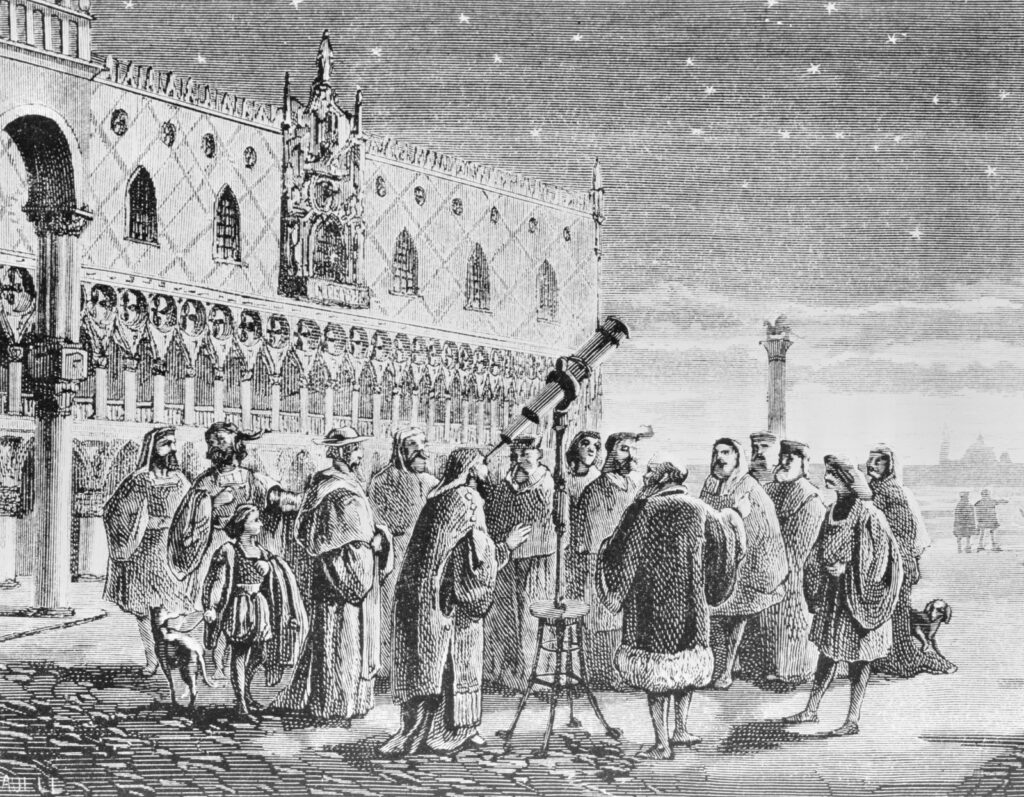
The claim that other stars are actually the same as our Sun was already common in his time, but remained marginal. Actually, Copernicus himself marked their place on the chart as “the sphere of the fixed stars”. The true distances to the stars, as well as their actual sizes, became clear only a few centuries after the scientist’s death.
Now we know that not only the Sun but also the Milky Way is not the centre of the Universe. However, the road to this understanding was extremely long. The fact that our luminary is just one of the stars that move around the galactic centre was discovered in the 1780s by William Herschel.
And the fact that the Galaxy itself is not the centre of the Universe, but only one of many similar systems, became clear only in the XX century after the work of Edwin Hubble. Heliocentrism, as understood by Copernicus, has indeed long since ceased to be the dominant scientific theory. But not because its basic idea was wrong. It is simply that something much bigger and better has been created on its basis.

